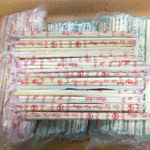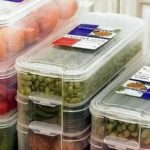To ensure that the pan lasts longer and does not peel, you must do this before using it for cooking:
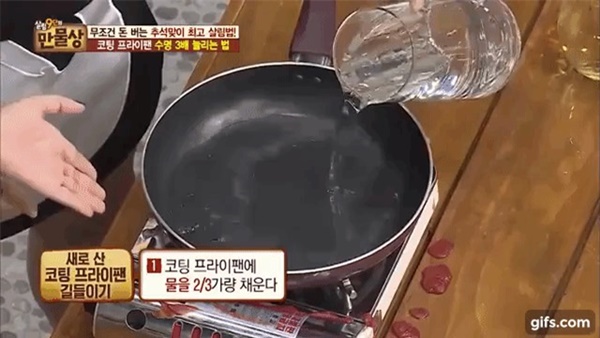
Fill the pan about 2/3 with water.
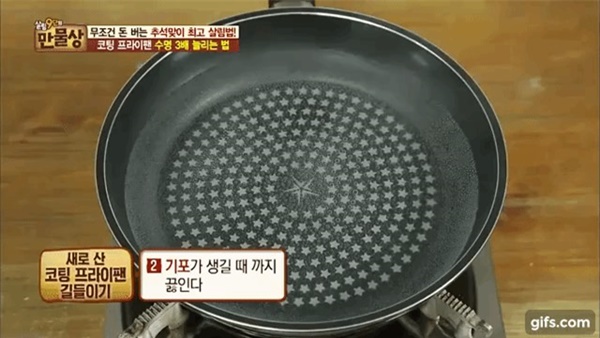
Boil the water in the pan until you see a lot of steam rising, but do not let it boil vigorously.
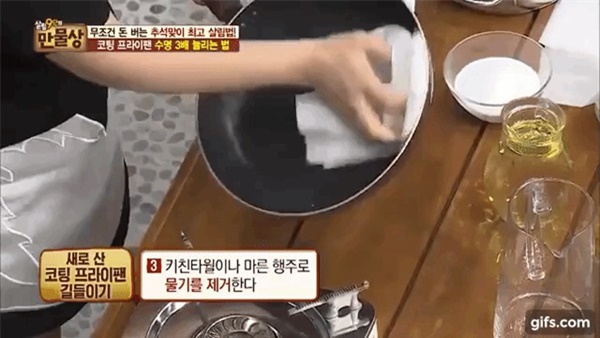
Then turn off the heat and pour out the water. Use a paper towel to wipe off any remaining water.
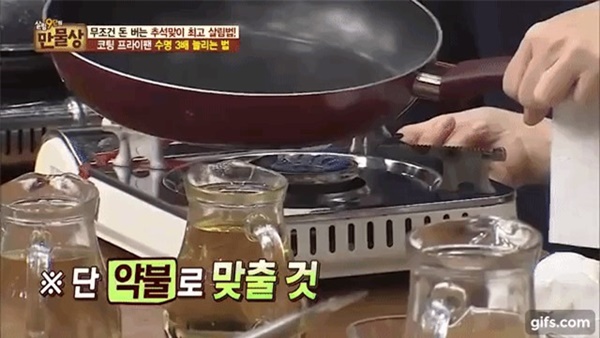
Next, place the pan on the stove and turn the heat to the lowest setting.
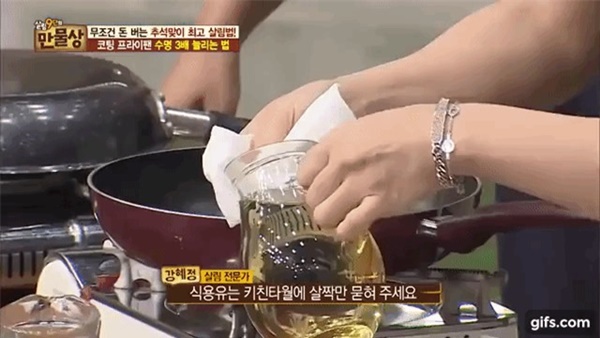
Dab a little cooking oil onto a paper towel.
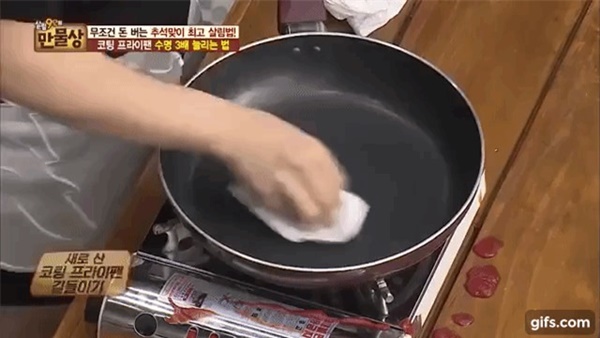
Use this oiled paper towel to wipe the entire pan for 30 seconds, then turn off the heat and let the pan cool. Repeat this process of using the oiled paper towel to wipe the pan two more times. Just follow these few steps, and your non-stick pan will last much longer.
In addition, you can do some additional steps to increase the durability of your non-stick pan:
Clean the pan with tea residue
A newly purchased non-stick pan often has an unpleasant and harmful smell of oil or metal. Washing it with regular dish soap sometimes does not completely remove this unpleasant smell. Fill the pan with water, add tea residue in a small bag, and scrub it on the surface of the pan. You can also boil green tea leaves 2 – 3 times to eliminate the smell.
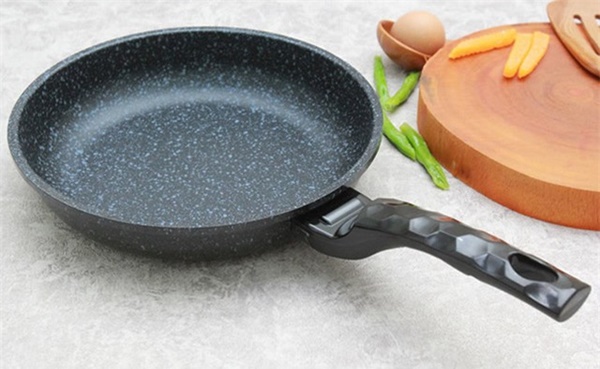
Cook at low or medium heat
There are many types of non-stick pans on the market made of Teflon, ceramic, granite stone, diamond… Depending on the quality of the non-stick coating, the pan can withstand different levels of heat.
You should note that at high temperatures, the non-stick coating will begin to degrade and can be harmful to your health. Therefore, depending on the material and quality of the non-stick pan, it is necessary to adjust the heat to a reasonable level when using it. It is best to keep the flame only in the center of the pan, without it spreading to the sides.
Using low to medium heat will ensure the best lifespan for your non-stick pan.
Only use wooden spoon/spatula for cooking
If you use a plastic spoon or spatula, they will melt at high temperatures, and using aluminum utensils will scratch the surface of the non-stick pan. It is best to use wooden spoons or spatulas for cooking on a non-stick pan.
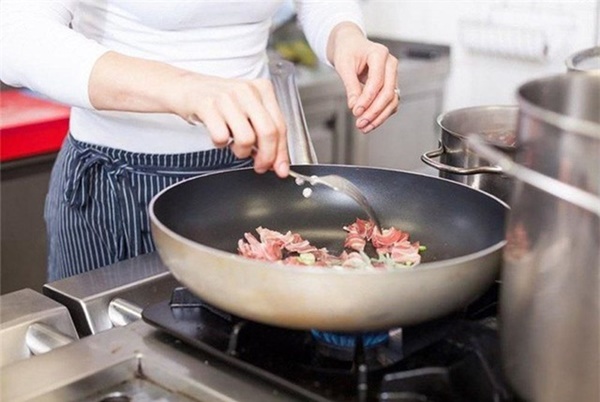
Do not use stainless steel utensils to cook with a non-stick pan.
Do not directly add salt when using the pan
The habit of frying and seasoning directly in the pan to save time and control the taste of the dish should not be applied to a non-stick pan. This will make the surface of the pan rough, damage the non-stick coating, and reduce the lifespan of the pan.
Wash with warm water
Keep the inner surface of the pan always clean because oil, sugar residue, salt, and leftover food can reduce the non-stick properties of the pan. The pan is cleaner when washed with warm dishwashing liquid solution.
Note that you should not wash the pan right after frying, as the sudden temperature change can cause the pan to warp and the non-stick coating to peel off.
Source: Giadinh.net
How Often Should Women Replace Non-Stick Pans?
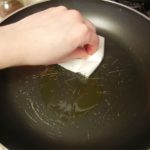 Pans?’>
Pans?’>With non-stick pots and pans still being widely used despite their decreased effectiveness, many are wondering: Could this have an impact on people’s health?

























